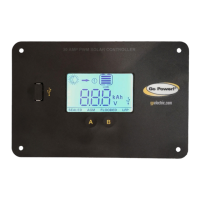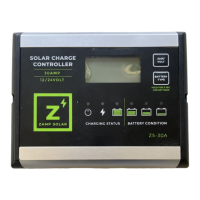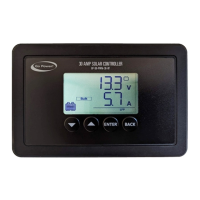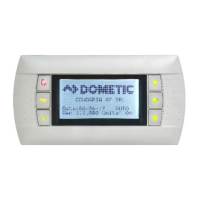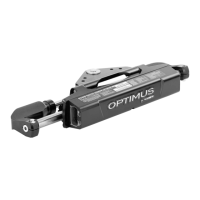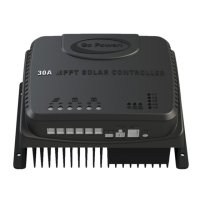EN
House battery (B1): The current pulses while the battery voltage rises to U3 to remove sulfate from the lead plates
of the battery and restore battery capacity. This phase ends after U3 is reached (timeout 2 h).
6: Trickle charging phase (Float)
House battery (B1): The trickle charging phase keeps a constant voltage (U2) related to the selected charging
curve. As soon as the battery voltage has dropped to a certain value the device re-enters the constant current phase.
Temperature sensor
With the temperature sensor connected the solar charge controller adapts the charging voltage (for lead batteries) or
the charging current (for LiFePO4 batteries) according to the measured temperature at the battery.
For lead batteries: Without the temperature sensor connected or if the temperature sensor is defective, the charg-
ing voltage is referenced to 20 °C.
For LiFePO4 batteries: Without the temperature sensor connected, the solar charge controller does not work.
9 Installation
Installation location
Observe the following instructions when selecting an installation location:
• Install the device close to the batteries to keep the battery connection cable as short as possible.
• Ensure that the mounting surface is solid and level.
• Choose an location that is well ventilated and protected from moisture and dust.
• Keep a distance of 10 cm to all sides around the device.
Mounting the solar charge controller
NOTICE! Damage hazard
Before drilling any holes, ensure that no electrical cables or other parts of the vehicle can be damaged by
drilling, sawing, or filing.
Mount the solar charge controller with the 4 screws provided vertically on a wall with the terminals pointing
down.
12

